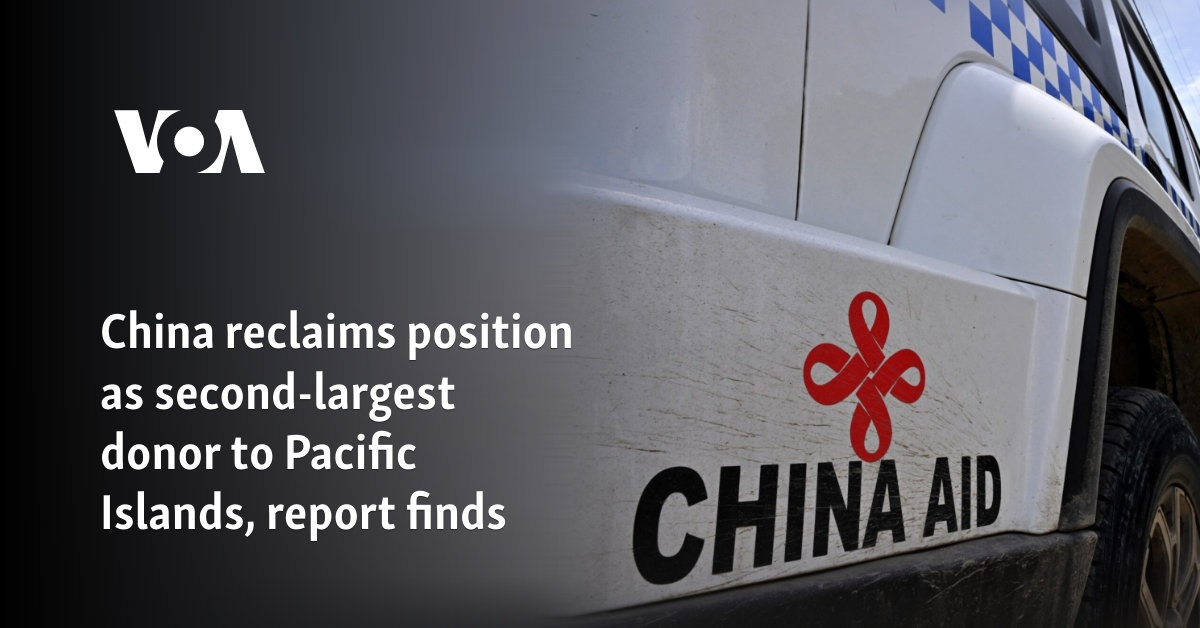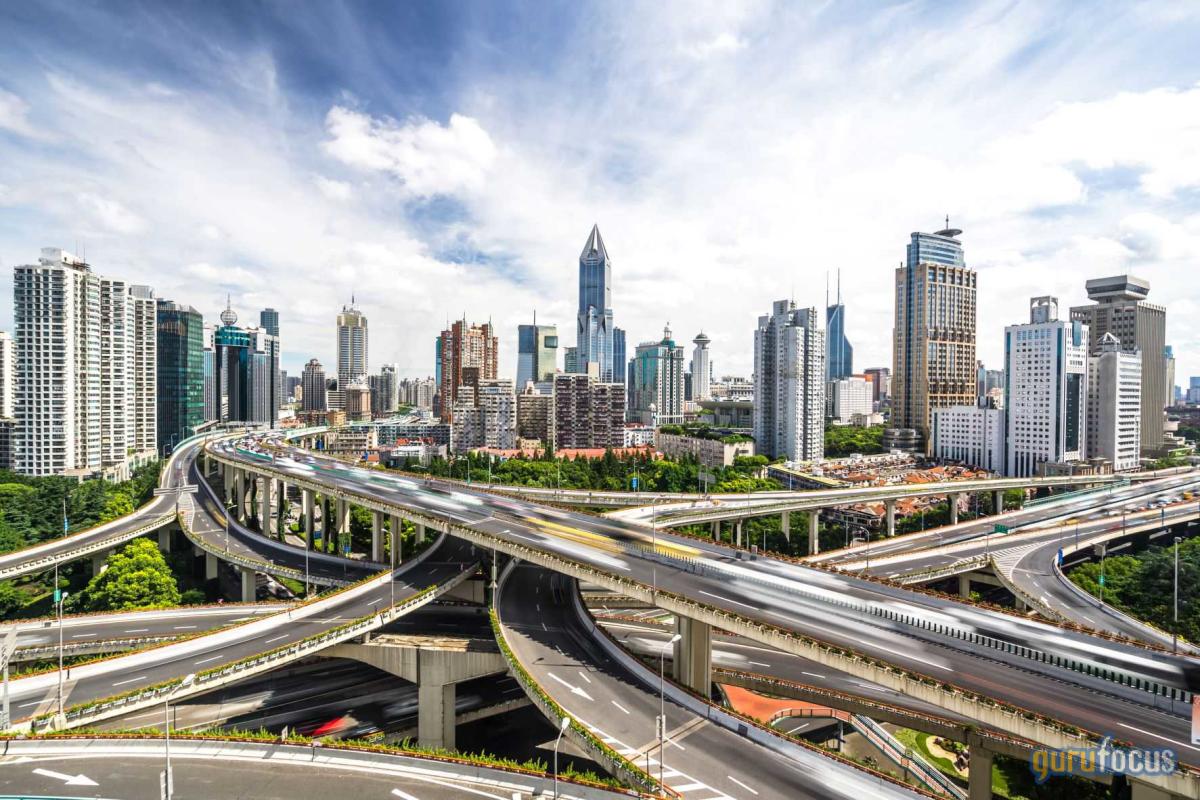China has surpassed the United States and regained its place as the second-largest bilateral donor to the Pacific Islands, according to a new report published Wednesday by the Lowy Institute. Australia remains the largest donor.
Every year, the Lowy Institute, an Australia-based research group, releases a Pacific Aid Map that tracks loans and grants to the region in detail. The 2024 map includes spending in the Pacific from 2008 to 2022.
Over the past decade, China has invested billions of dollars in Pacific Island nations in a bid to increase influence in the region amid competition with the U.S. and its allies. Following a reduction in investment during the COVID-19 pandemic in 2020, China resumed its focus on projects in the Pacific Islands in 2022, the last year covered in the report.
“Beijing has emerged from a pandemic-induced lull with a more competitive, politically targeted model of aid engagement,” reported Lowy Institute in its annual Pacific Aid Map. “China’s ODF [overseas development finance] has acquired a more targeted focus on winning influence in specific countries, involving more grants and community-level outreach.”
While total development finance from all countries to the islands fell by 18% in 2022 in the midst of the global pandemic, according to the report, China increased its financing that year by 6% with support of $256 million dollars. That was up nearly 14% from three years earlier.
“The uptick in Chinese spending has been accompanied by a resurgence in new Chinese project commitments, signaling a revival in its ambition to engage in major infrastructure works in the Pacific,” the report said.
Australia is the largest financier for the Pacific Island nations, contributing $1.5 billion, while the United States ranks third, allocating $249 million.
From 2008-2016, Chinese banks lent more than $1.1 billion to the region, which raised concerns that the area may become increasingly vulnerable to diplomatic pressure from Beijing.
The report says, recently, China has taken a more strategic approach toward their financing, shifting away from funding through debt towards financing through large grants and community-level projects.
“China has opted for a new double-pronged approach relying on large-scale grant financing, rather than loans, and high-frequency embassy activity in priority countries,” the report said. “This reflects a more competitive and politically attuned method to regional engagement.”
China sees itself as a development partner with Pacific Island nations and has previously stressed that its aid comes with no political conditions attached.
Examples of community-level projects cited in the report include “vehicle donations to local governments, cash grants to schools, and the gifting of agricultural equipment to local farmers.”
Despite this shift in aid strategies, China has still engaged in potentially risky debt financing such as in the Solomon Islands and Vanuatu, where, according to the report, “debt risks have significantly worsened over the past five years.”
“The lack of transparency around these loans [to the Solomon Islands and Vanuatu] and uncertainty regarding the efficacy of the projects they finance undermine aspects of China’s own debt sustainability frameworks and risk further degrading the political economy of many Pacific Island countries,” the report said.
The report says geopolitical motives were a factor in how China decided to provide aid.
“China’s aid involvement in the Pacific has grown to pursue various objectives but reinforcing the ‘One China’ policy remains a key motivating factor in its regional engagement, emphasizing that Taiwan is part of China, with Beijing as the sole legitimate government,” the report added.
“Consequently, countries can only diplomatically recognize — and thus receive aid and development funding from — one of the two governments.”
In 2022, self-ruled Taiwan dropped out of the top 10 donors to the Pacific Islands, spending $7.2 million, after several nations severed diplomatic ties with Taipei and switched to Beijing, according to the report.
Some material in this report came from Reuters and Agence France-Presse.



